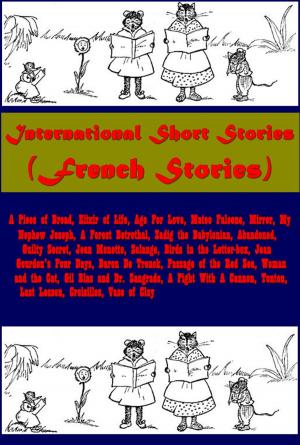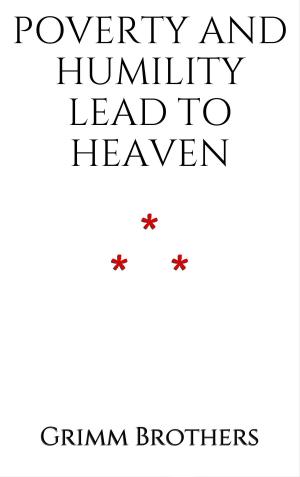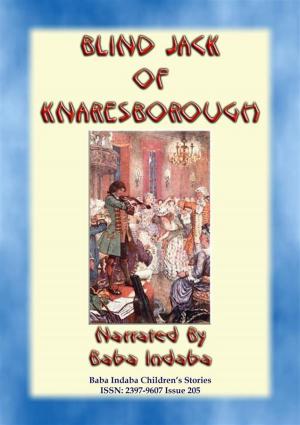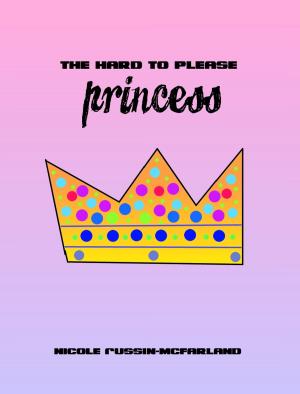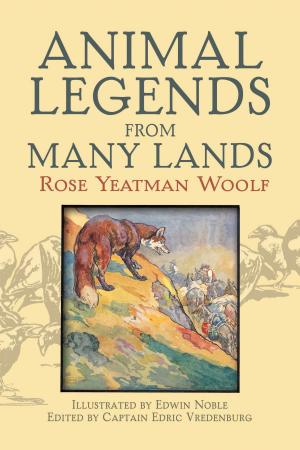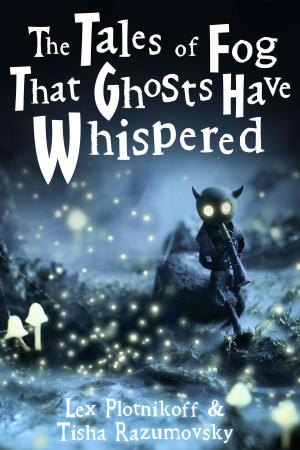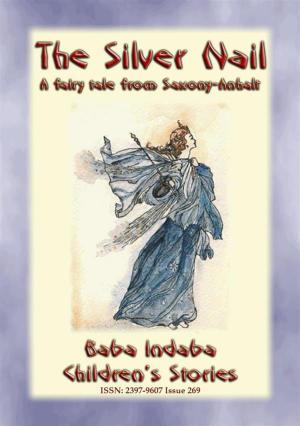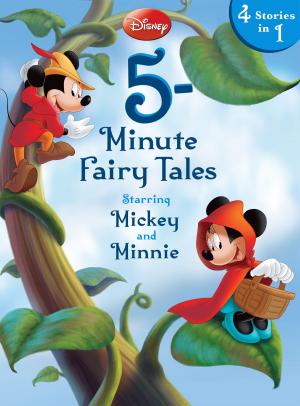| Author: | Flora Annie Steel | ISBN: | 1230000132374 |
| Publisher: | nse | Publication: | May 12, 2013 |
| Imprint: | Language: | English |
| Author: | Flora Annie Steel |
| ISBN: | 1230000132374 |
| Publisher: | nse |
| Publication: | May 12, 2013 |
| Imprint: | |
| Language: | English |
"Jack the Giant Killer" is a British fairy tale about a plucky lad who slays a number of giants during King Arthur's reign. The tale is characterized by violence, gore, and blood-letting. Giants are prominent in Cornish folklore and Welsh Bardic lore, but the source of "Jack the Giant Killer" is unknown. Some parallels to elements and incidents in Norse mythology have been detected in the tale, and the trappings of Jack's last adventure with the giant Galigantus suggest parallels with French fairy tales. Jack's belt is similar to the belt in "The Valiant Little Tailor", and his magical sword, shoes, cap, and cloak are similar to those owned by Tom Thumb or those found in Norse mythology.
Neither Jack or his tale are referenced in English literature prior to the eighteenth century, and his story did not appear in print until 1711. It is probable an enterprising publisher assembled a number of anecdotes about giants to form the 1711 tale. One scholar speculates the public had grown weary of King Arthur – the greatest of all giant killers – and Jack was created to fill his shoes. Henry Fielding, John Newbery, Dr. Johnson, Boswell, and William Cowper were familiar with the tale.
In 1962, a feature-length film based on the tale was released starring Kerwin Mathews. The film made extensive use of stop-motion animation in the manner of Ray Harryhausen.
"Jack the Giant Killer" is a British fairy tale about a plucky lad who slays a number of giants during King Arthur's reign. The tale is characterized by violence, gore, and blood-letting. Giants are prominent in Cornish folklore and Welsh Bardic lore, but the source of "Jack the Giant Killer" is unknown. Some parallels to elements and incidents in Norse mythology have been detected in the tale, and the trappings of Jack's last adventure with the giant Galigantus suggest parallels with French fairy tales. Jack's belt is similar to the belt in "The Valiant Little Tailor", and his magical sword, shoes, cap, and cloak are similar to those owned by Tom Thumb or those found in Norse mythology.
Neither Jack or his tale are referenced in English literature prior to the eighteenth century, and his story did not appear in print until 1711. It is probable an enterprising publisher assembled a number of anecdotes about giants to form the 1711 tale. One scholar speculates the public had grown weary of King Arthur – the greatest of all giant killers – and Jack was created to fill his shoes. Henry Fielding, John Newbery, Dr. Johnson, Boswell, and William Cowper were familiar with the tale.
In 1962, a feature-length film based on the tale was released starring Kerwin Mathews. The film made extensive use of stop-motion animation in the manner of Ray Harryhausen.

